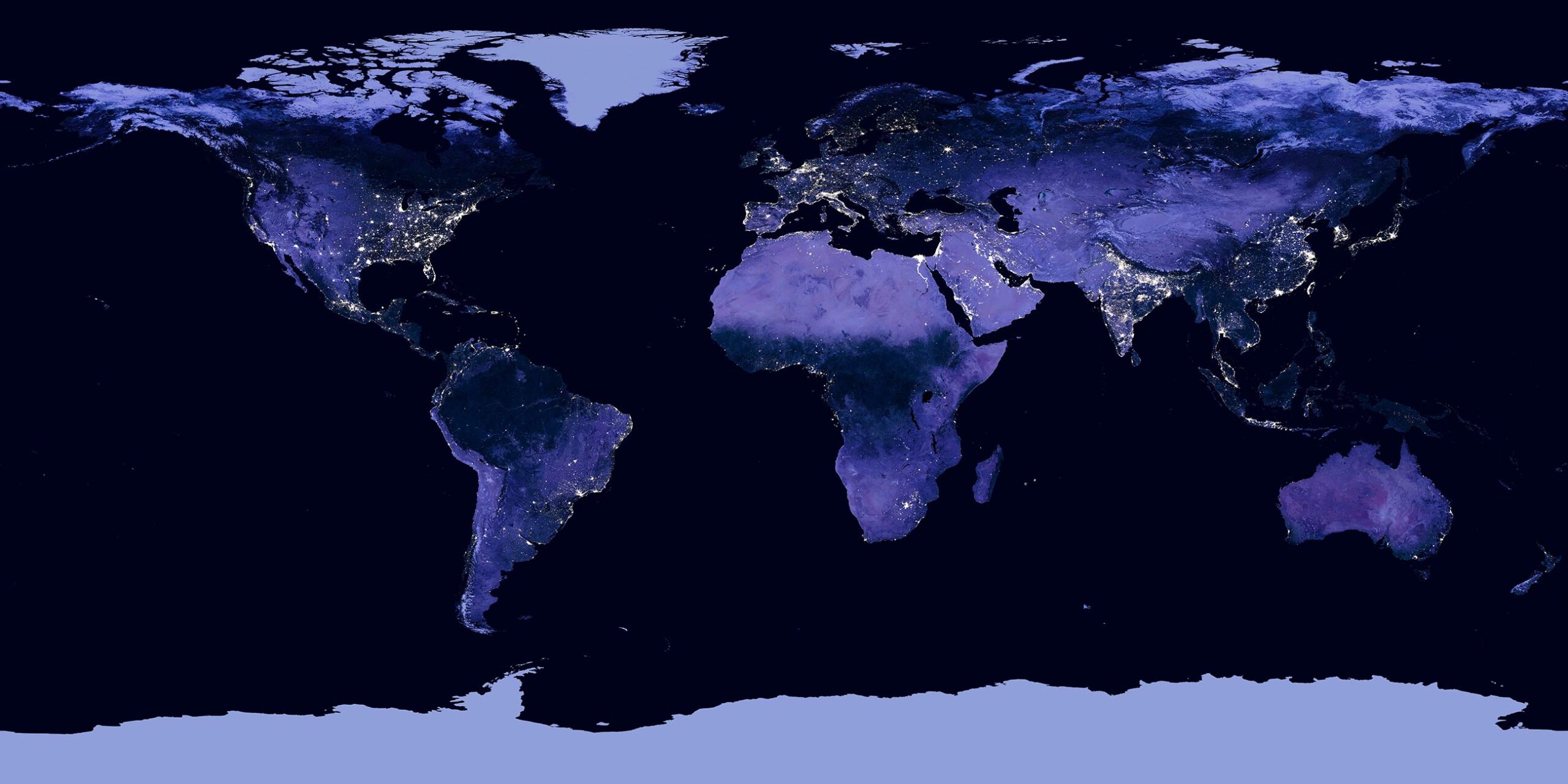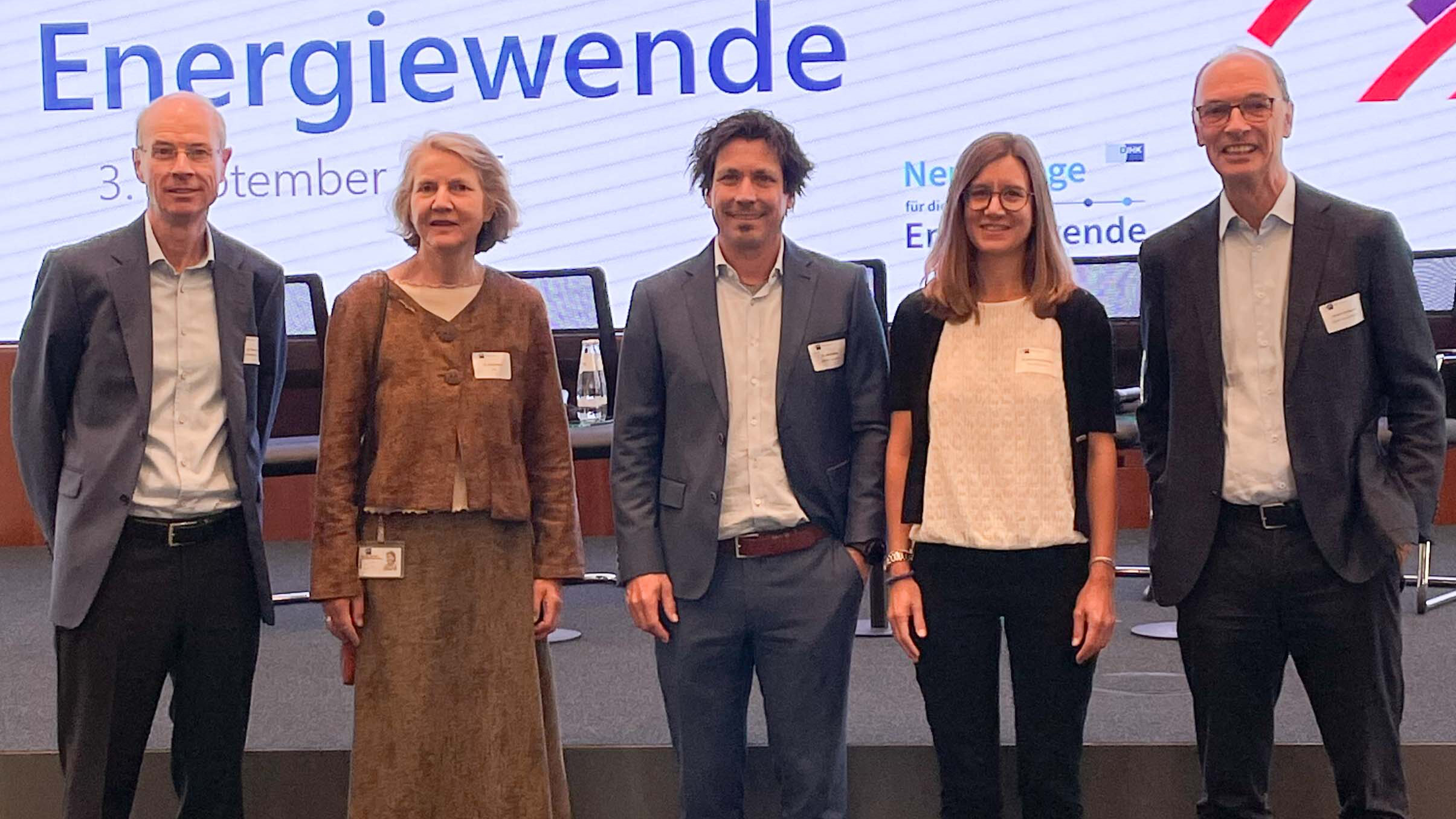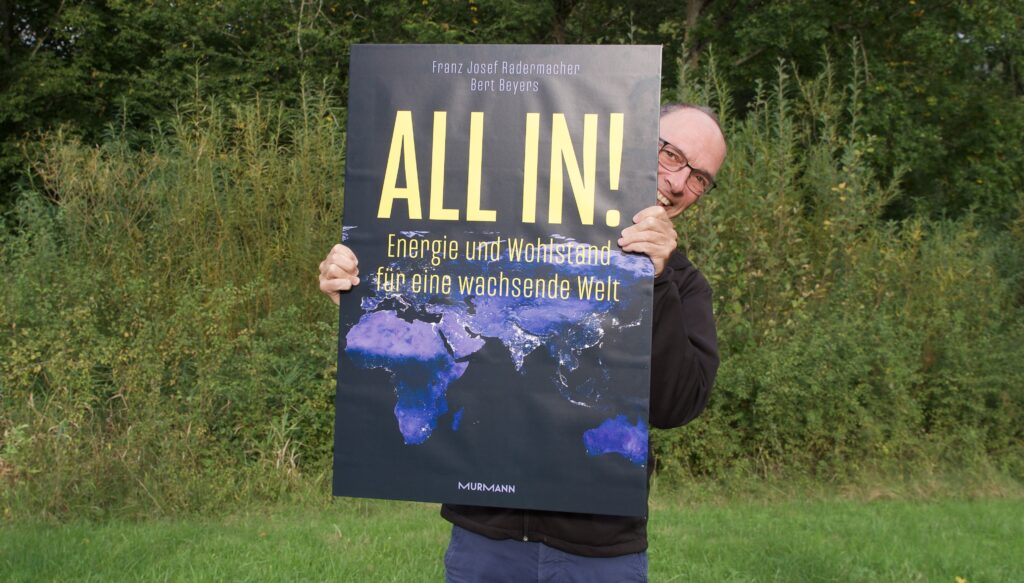At this point, some news of the last few weeks will be addressed which, from GES’ point of view, are reason for hope because they contain building blocks of a possible global solution and / or could help to develop a realistic view of the challenges ahead of us.
The EU Commission wants to issue certificates for CO2 storage in the future. She has now made a proposal. According to it, there should be three categories. First, CO2 from industry is to be stored in geological formations. Second, CO2 is to go into long-lived products of industry. Third, the commission is relying on “carbon farming”, such as increased storage in soils. GES calls this Nature-based Solutions.
Climate neutrality will only be possible if CO2 is permanently stored. This has been pointed out by the Science Platform for Climate Protection. Ottmar Edenhofer, the director of the Potsdam Institute for Climate Impact Research (PIK), considers this a huge challenge. The scientists make recommendations for the carbon management strategy planned by the German government.
A forward-looking legal framework for negative emissions is also called for by Bellona Germany. The German Climate Protection Act should specify a binding target for the removal of CO2 from the atmosphere with subsequent storage (CCS).
The International Energy Agency (IEA) has presented its new report Coal in Net Zero Transitions. It examines various policy and technology options, including the potential of Carbon Capture and Storage/ Utilisation (CCUS).
The Climate Overshoot Commission presented itself for the first time at COP27. Pascal Lamy, former Secretary-General of the WTO, is also present: “We will exceed 1.5 degrees. That is sad but true,” he said. The Commission is looking at four options: Adaptation to climate change, removing CO2 from the atmosphere, solar radiation management and other forms of geoengineering.
Friedbert Pflüger, chairman of the supervisory board of Zukunft Gas, warns in an article for Tagesspiegel Background about the consequences of the US Inflation Reduction Act (IRA). This is a gigantic subsidy programme for clean energies. Investors from all over the world would be attracted to the USA. Europe must finally react and abandon excessive requirements for the production of “green” hydrogen.
Qatar will supply China with liquefied natural gas (LNG) for 27 years. The mega-deal provides for a delivery volume of four million tonnes per year. Germany is to purchase up to two million metric tons of LNG annually from 2026, for at least 15 years.
Switzerland is breaking new ground in climate policy. Instead of reducing emissions on its own soil, the country is increasingly investing in developing countries. For example, Switzerland is financing more efficient lighting and clean stoves for five million households in Ghana.
The Democratic Republic of Congo wants to extract natural gas and oil from the rainforest. The government in Kinshasa has now put an area of eleven hectares out to tender for extraction. Around 16 billion barrels of crude oil, currently worth a good 650 billion euros, are to be stored there. Environmentalists like Greenpeace are sounding the alarm: roads would have to be cut into the rainforest and pipelines laid.
According to a report by urgewald, 200 companies are currently pursuing fossil energy expansion projects in 48 African countries. These include LNG terminals, pipelines, gas or coal-fired power plants.
Hamburg is getting the first German import terminal for green ammonia. Delivery is scheduled to begin in 2026. What is interesting here is the goal of building an ammonia re-splitting plant to separate the “green” hydrogen: It would be the first large-scale plant of its kind in the world.




